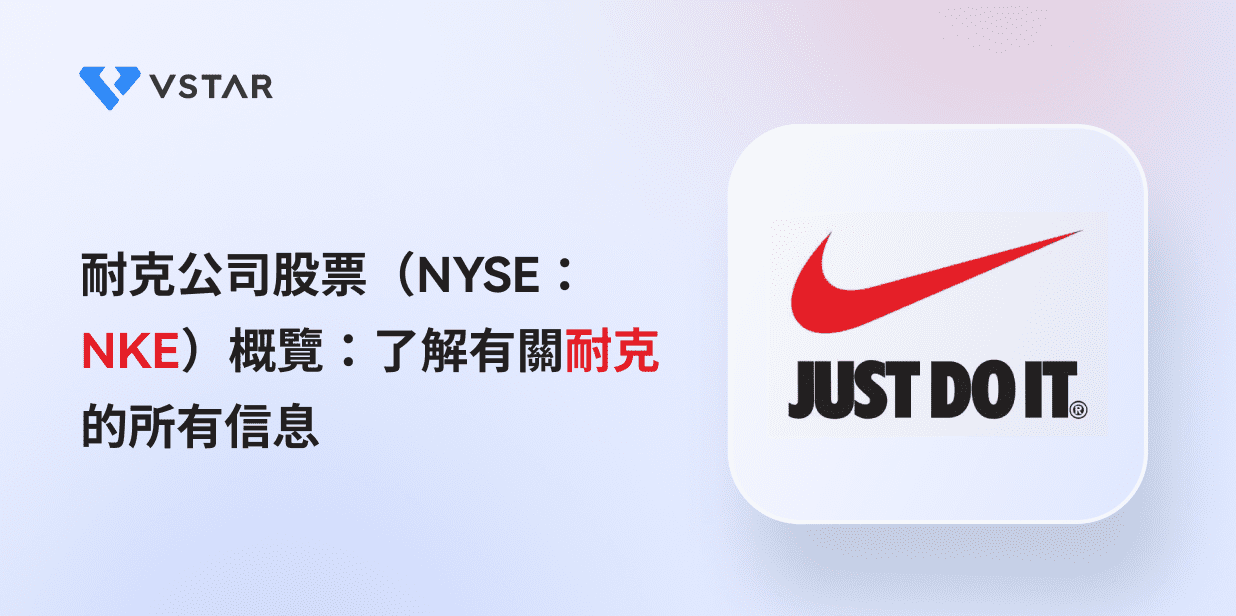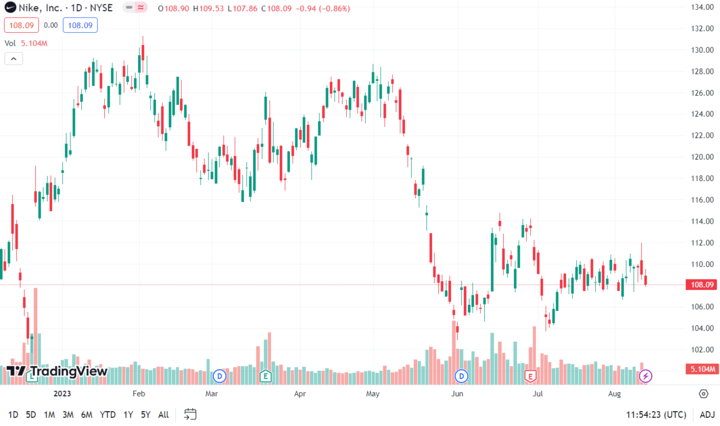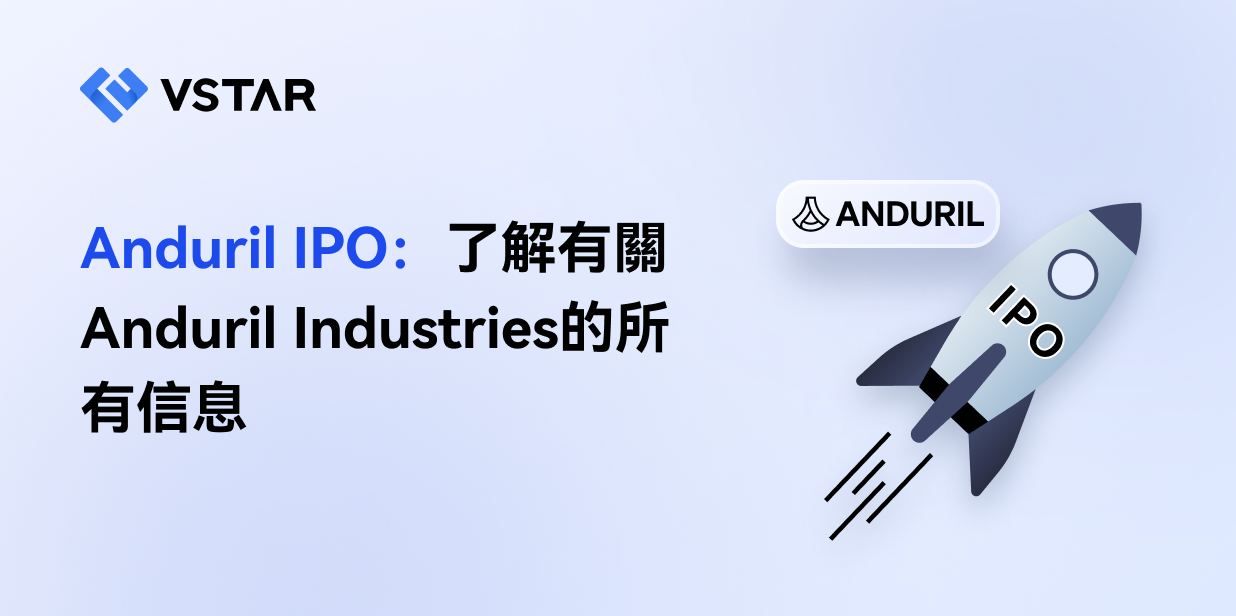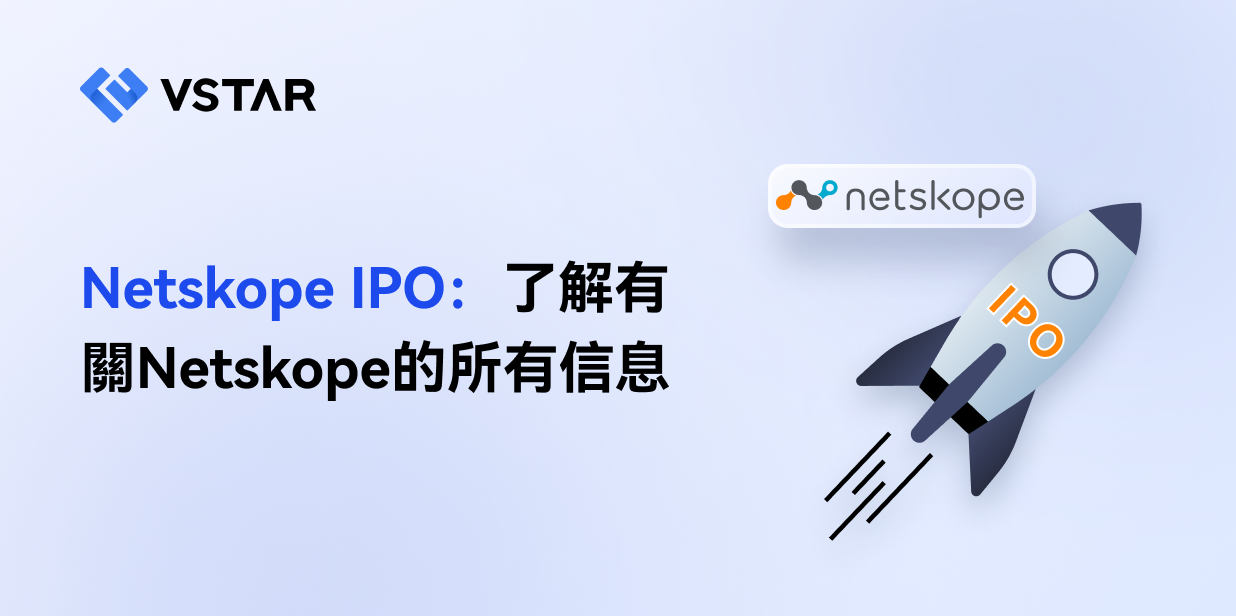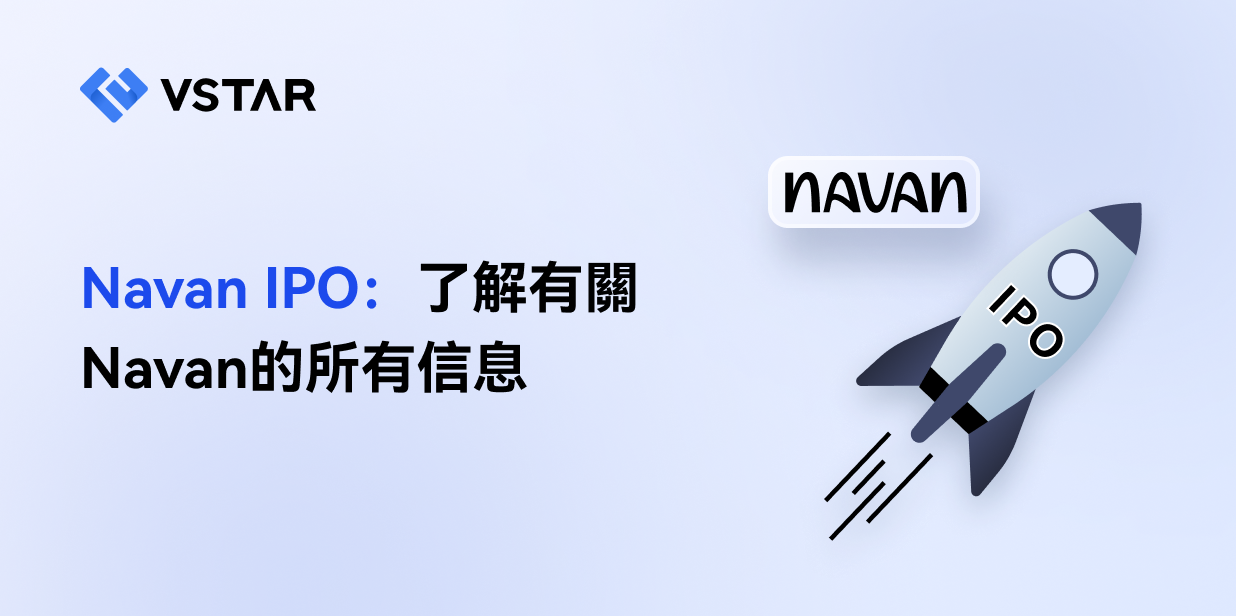耐克公司是一個標誌性的美國品牌,是卓越運動和全球認可的代名詞。它的起源源於 1962 年的 Blue Ribbon Sports,展示了早期以性能為導向的產品的訣竅,這些產品很快就成為運動員的必備品,並成為國家慢跑運動的一部分。
然而,即便是耐克這樣的冠軍品牌也面臨著挑戰,2023財年第二季度,耐克公佈的盈利為50.7億美元,較上年下降16%。每股收益為 3.27 美元,下降 15%,均低於分析師的預測。
面對這些挑戰,作為一家成功適應不斷變化的市場條件的傳統公司,耐克透露計劃在未來幾個月內逐步提高某些產品的價格,這表明該公司對保持盈利能力的堅定承諾。
在本文中,我們深入探討了耐克公司的非凡歷程,探索其從卑微的出身、所面臨的挑戰以及如何將逆境轉化為增長機會和品牌影響力的道路。深入研究其歷史、財務狀況、股票表現,甚至提出NKE股票交易策略。
耐克公司:全球運動品牌偶像

圖片來源:Istock Photos
耐克公司(Nike Inc.) 由菲爾·奈特(Phil Knight) 和比爾·鮑爾曼(Bill Bowerman) 於1964 年創立,已成為運動精神、時尚和創新的有力像徵,其標誌性的旋風標誌為體育場館和街道增光添彩。該公司總部位於美國俄勒岡州比弗頓,在那裡協調其全球業務。
耐克的公司結構分為三個不同的部分: 耐克品牌,包括著名耐克品牌下的鞋類、服裝、設備和配件;喬丹品牌,傳奇人物邁克爾·喬丹的代名詞,以其獨特的鞋類、服裝和配飾系列而聞名;匡威 (Converse) 以其獨特的文化吸引力而聞名。
首席執行官約翰·多納霍 (John Donahoe) 負責指導公司的戰略願景,他於 2015 年上任,帶來了他之前擔任 eBay 首席執行官的豐富經驗。影響耐克發展軌蹟的著名股東包括先鋒集團 (Vanguard Group Inc.)、貝萊德公司 (BlackRock Inc.)、道富銀行 (State Street Corporation) 和資本研究全球投資者公司 (Capital Research Global Investors)。
1972 年,他們更名為Nike Inc.,並於1978 年推出了第一條服裝系列。Nike 於1980 年上市,隨後與邁克爾·喬丹(Michael Jordan) 簽署合作協議,於1984 年打造標誌性的Air Jordan系列。Nike 推出了可見式氣墊1987 年將 Air Max 技術引入到鞋類中,並於 1997 年收購 Canstar Sports,將業務擴展到曲棍球市場。
此外,耐克於 2000 年推出了 Nike Shox 技術,用於支撐和緩衝。作為一個環保品牌,耐克於2015年發布了輕質合身的Flyknit技術,減少了浪費。 2022 年,耐克在其名為“走向零”的可持續發展計劃中承諾實現零碳和零廢物。
耐克公司的商業模式和產品/服務
耐克盈利模式

圖片來源:Istock Photos
耐克主要通過銷售其產品產生收入,包括耐克、Air Jordan 和 Converse 品牌下的鞋類、服裝、設備和配件。除了產品銷售外,耐克的授權業務還授權其他公司使用其商標和徽標來支持其收入。該公司採用批發分銷模式運營,將產品銷售給零售商,然後零售商將其分銷給客戶。耐克還採用直接面向消費者的策略,直接通過其網站和商店銷售產品。
耐克的主要產品
鞋類:作為運動鞋的全球領導者,耐克提供各種適合運動和活動的鞋類
服裝:耐克的多元化產品系列包括襯衫、短褲、褲子、夾克和配飾,兼具時尚感和功能性。
裝備:該公司提供一系列滿足運動員需求的運動裝備,從球手套到安全裝備。
配飾:為了補充其產品系列,耐克提供強調積極生活方式的配飾,例如包袋、手錶、太陽鏡等
圖片來源:Istock Photos
耐克的服務
除了這些熟悉的產品之外,耐克還提供許多服務來幫助消費者開啟健身之旅,即:
NikePlus 會員資格:將其視為耐克粉絲的 VIP 俱樂部。此會員資格使您可以享受獨家福利:成為第一批體驗新版本、參加特別活動並享受個性化培訓計劃的人。
Nike Training Club 應用程序:就像擁有私人手腕教練一樣。這款完全免費的應用程序提供由專業運動員和經驗豐富的教練設計的各種鍛煉程序和訓練計劃。
Nike Run Club 應用程序:跑步者的必備伴侶,該應用程序跟踪您的跑步情況,獲得您自己的訓練,並在觀看運動員的同時進行音頻跑步指導,以保持您的動力。
耐克公司的財務健康狀況

圖片來源:Istock Photos
讓我們仔細看看耐克的財務報表,了解其運營情況和財務實力。
市值:耐克的市值約為1668.1億美元,在市場上佔據重要地位,展現出廣泛的接受度和價值。
過去12個月,耐克實現營收50.7億美元,正回報率為9.90%,盈利能力良好。
收入增長:耐克季度收入增長(YoY)為4.80%,表明其能夠保持一致的上升趨勢,這是可持續增長的關鍵指標。
股本回報率(ROE):耐克的ROE高達34.62%,令人印象深刻,表明公司有效利用股東權益實現回報最大化。
資產負債表健康狀況:耐克的資產負債表在幾個方面值得注意:
總現金流:耐克擁有 106.8 億美元現金,擁有強勁的現金流,這使其能夠履行財務義務並投資於增長機會
總債務:耐克總債務為121.4億美元,總負債率為86.72%。即使公司保留一定的槓桿率,也必須對該比率進行監控,以確保其保持在可管理的範圍內。
流動比率:2.72 的流動比率反映了健康的財務狀況,使投資者確信耐克將能夠履行其短期義務。
現金流:耐克過去十二年的運營現金流為58.4億美元,表明該公司能夠從其核心業務中產生收入。
耐克估值分析:比較回顧與投資考慮

圖片來源:Istock Photos
在評估耐克與同行和行業的估值時,幾個關鍵的財務比率和指標會發揮作用。讓我們深入研究這些數字並分析它們對潛在投資者的意義。
市盈率(P/E):耐克的歷史市盈率為25.6,其估值略高於同行(22.3)和行業(23.1)。這表明投資者願意為耐克的盈利支付溢價,這可能表明他們認為有增長潛力。
市銷率 (P/S) 比率:耐克的市銷率 (3.6) 高於同行 (2.8) 和行業 (2.9),這表明投資者對耐克每一美元銷售額的估值都高於競爭對手給其競爭對手。
市淨率(P/B):耐克的市淨率(6.4)高於同行(5.2)和行業(5.4)。這表明,相對於其競爭對手,市場對耐克的有形資產賦予了更高的價值。
企業價值與 EBITDA(EV/EBITDA)比率:耐克的 EV/EBITDA(21.1)再次略高於同行(18.7)和行業(19.5),表明投資者願意為耐克的盈利支付溢價未計利息、稅項、折舊及攤銷前。
這些較高的估值倍數表明,與同行和行業相比,耐克的估值可能略有高估。
耐克股票自IPO以來的股價表現及分析師預測
耐克於 1979 年 12 月 2 日進行了首次公開募股 (IPO),標誌著公司歷史上的一個關鍵時刻。耐克的主要交易地點是紐約證券交易所 (NYSE),該公司的股票代碼是NKE,這是金融市場上易於識別的代碼
作為一家美國公司,耐克的股票以美元交易,使其成為美國財務上占主導地位的公司。
耐克股票在紐約證券交易所的交易時間為東部時間 (ET) 上午 9:30 至下午 4:00,為投資者提供了大量的交易機會。週一至週五,預售於東部時間上午 4:00 開始,上午 9:30 結束,售後交易於東部時間下午 4:00 開始,晚上 8:00 結束。
NKE股票分割
自首次公開募股以來,耐克已進行了 12 次股票分割,反映了公司的增長和對股東價值的承諾。最近一次股票分割發生在 2020 年,分割比例為 5 比 1,這使得該股票對廣泛的投資者俱有吸引力。
NKE股票股息
自 1983 年以來,耐克一直以股息回報股東,體現了公司分享成功的承諾。股息多年來穩步增長,2022年股息收益率為1.24%,為投資者提供了有吸引力的收益激勵。
NKE股價表現和預測
耐克股價表現和主要驅動因素
歷史高點和低點:自首次公開募股以來,耐克股票表現出大幅波動。最高價格於 2021 年 11 月 5 日達到令人印象深刻的每股 174.26 美元,標誌著市場的改善時期。另一方面,每股 2.50 美元創下歷史新低,這是自 1985 年 12 月 8 日以來的一個里程碑,表明該公司最初遇到了困難。
當前股價:截至2023年8月13日,耐克的股價為每股108.09美元,代表其當前價值。
股價波動和趨勢:值得注意的是,耐克的股價近年來出現了大幅波動,趨勢表明 2021 年將從顯著高位回落。
NKE股價的主要驅動因素
強勁的財務業績:耐克一貫健康的現金流、強勁的現金流和強勁的資產負債表有助於其股票的穩定性。
市場領導地位:作為全球領先的運動鞋和服裝製造商,耐克強大的品牌和忠誠的客戶群使其能夠在不斷增長的市場中獲利。
全球經濟環境:強勁的全球經濟經常轉化為消費者在體育用品上的支出增加,進而影響耐克的股價。
NKE股票阻力、支撐分析

根據 TradingView 數據,NKE股票的阻力位為 115.00 美元、120.00 美元和 125.00 美元,對上行構成挑戰。我們還注意到 100.00 美元、95.00 美元和 90.00 美元的支撐位,在市場波動時提供穩固性。
分析師的意見很重要。 28位分析師中,20位評級為“買入”,5位評級為“持有”,3位評級為“賣出”,觀點各異。重要的分析師都有價格目標。摩根士丹利將目標價定為 135.00 美元; Cowen 信心十足地指出 130.00 美元; Jefferies 選擇 125.00 美元,保守看好。
平均目標價為 126.58 美元。範圍很廣,最高 150.00 美元,最低 88.00 美元。耐克股票有可能較當前價格上漲(隱含上漲)約 17%,但也有可能下跌(隱含下跌)約 8%。
NKE的競爭地位:風險、機遇和未來增長
競爭風險
耐克(NKE)面臨著阿迪達斯和彪馬等品牌的激烈競爭。阿迪達斯和彪馬都是運動鞋和服裝行業的主要參與者,威脅著NKE的市場份額。對於NKE來說,檢查這些競爭對手以了解他們帶來的風險非常重要。
耐克的競爭優勢
耐克擁有多項競爭優勢,使其有別於競爭對手。這些包括:
品牌認知度
耐克是世界上最著名和最受認可的品牌之一。其標誌性標誌和強大的品牌形象賦予其競爭優勢。
創新科技
耐克在研發方面投入巨資,促進尖端產品的開發。他們對創新和技術開發的關注使他們比競爭對手更具優勢。
市場營銷和廣告
耐克擁有強大的營銷和廣告策略,始終如一地提供有影響力的活動來感動消費者。通過有效的營銷與目標受眾建立聯繫的能力提供了競爭優勢。
全球影響力
擁有強大的全球影響力,在多個國家擁有銷售網點和合作夥伴關係。這種全球影響力使他們能夠進入不同的市場並瞄準更廣泛的客戶。
圖片來源:Istock Photos
其他風險
除了競爭之外,耐克還面臨其他可能影響其運營的風險。這些風險包括:
消費者偏好的變化
服裝和運動服裝行業的消費者偏好和趨勢可能會迅速變化。耐克需要引領這一變革,並相應地調整其供應鏈,以避免失去市場份額。
供應鏈中斷
全球供應鏈很容易受到自然災害或政治不穩定等中斷的影響。耐克供應鏈的任何中斷都可能導致產品延誤或成本增加,從而影響其盈利能力。
貨幣波動
耐克在多個領域開展業務並反映貨幣波動。將收入從一種貨幣轉換為另一種貨幣時,匯率波動可能會影響公司的財務業績。
經濟放緩
全球經濟放緩可能導致對耐克產品的需求下降。
成長機會
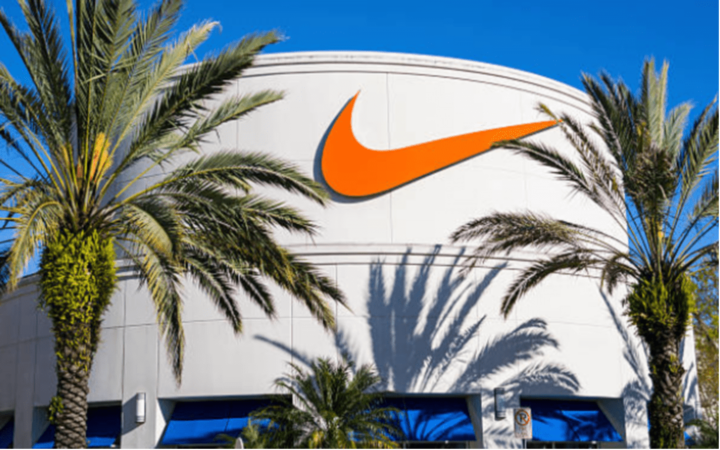
圖片來源:Istock Photos
NKE有許多增長機會可以探索。NKE的增長機會示例包括:
國際擴張:
NKE可以專注於拓展客戶群不斷增長的新興市場,例如中國和印度。這些市場為NKE產品提供了巨大的增長潛力。
電子商務擴展:
網上購物的日益普及使NKE大力投資其電子商務平台和數字營銷渠道,以覆蓋更多人群並增加銷售額。
貿易多元化:
NKE可能會探索其他產品類別或網絡以使其產品多樣化。例如,進入體育市場或與著名運動員或影響者合作可以吸引新客戶。
耐克的未來:通過戰略擴張實現增長
耐克作為全球運動鞋和服裝領域的巨頭,正準備迎接光明的未來。以下是公司的擴張方式。
新市場滲透: 2022年,耐克在印度開設了第一家實體店,進軍不斷增長的健身和運動市場。
數字身份:耐克正在利用在線渠道的可訪問性和便利性,擴大其在印度的電子商務業務。
創新中心:位於中國的新研發中心將推動創新,確保耐克始終處於設計和技術的前沿。
生產發展:耐克正在擴大在中國的生產,提高效率和靈活性,以滿足客戶需求。
為什麼交易NKE股票
強大的品牌:NKE全球公認的品牌是質量和創新的象徵,賦予其競爭優勢,這對尋求可靠增長的投資者俱有吸引力。
忠誠的客戶:願意支付溢價的忠誠客戶可確保穩定的收入來源,使NKE成為一項穩定的投資。
全球影響力:NKE的業務遍及 170 多個國家/地區,實現了市場多元化,成為零售商的便捷選擇。
創新:NKE持續的生產創新使其處於行業前沿,從而增加了銷售額和潛在的股東收益。
可持續發展:NKE的可持續發展努力符合當前的市場需求,為公司未來的潛在增長奠定了基礎。
增長機會:NKE的電子商務、直接面向消費者、新市場滲透和持續創新戰略提供了增加銷售額和盈利能力的戰略,推動其股價不斷上漲。
NKE股票的交易策略
差價合約交易:從市場波動中受益
CFD 交易(差價合約)是一種動態策略,交易者旨在從NKE股票的短期價格波動中獲利。它增加了利潤和損失,並產生了槓桿的力量,可以盈利,但風險也更大。賣空NKE股票的能力提供了一種對沖或從下跌市場中獲利的工具。差價合約市場的流動性確保輕鬆更改頭寸,使其非常適合利用短期機會。
期權交易:控制複雜性
期權交易提供了一種有吸引力的選擇,儘管它更複雜。在這裡,交易者考慮低風險NKE股票的價格趨勢。與差價合約交易不同,期權合約對花費的金額有損失限制。交易者通過選擇價格和到期日來控制收益和損失。許多舉措延伸到對沖股市下跌或利用NKE的潛在下跌。
長期投資帶來增長
對於更具挑戰性和尋求增長的方法,請考慮長期投資。這需要購買具有多年期限的NKE股票。它有利於短期調整,降低損失風險,並與投資組合的長期增長相匹配。NKE的歷史表明,如果該公司繼續保持增長軌跡,長期來看有可能獲得更高的回報。此外,股息支付提供了穩定的收入來源。

圖片來源:Istock Photos
使用VSTAR交易NKE股票差價合約
多樣化的交易投資組合:通過股票和貨幣對、商品、指數和加密貨幣等多種產品解鎖交易世界。
無縫的業務體驗:從一流的服務中受益。VSTAR提供市場深度、高效的訂單執行和可定制的槓桿選項,所有這些都在直觀且用戶友好的交易應用程序中提供,以確保您不會錯過市場機會。
透明且具有成本效益:清晰導航並享受透明的費用和極低的交易成本,有助於優化利潤。
強大的技術基礎設施:您的安全至關重要。VSTAR強大的技術基礎保證您交易的穩定性和安全性,讓您專注於您的投資。
合規性:VSTAR嚴格遵守法規,營造透明公平的交易環境,保障您的交易安全,讓您高枕無憂。
其他:還有各種其他好處,例如 24/7 多語言客戶服務團隊以及通過豐富的工具(包括圖表分析器、技術指標、新聞、教育等)增強的移動交易。
結論
總之,NKE股票以其堅固的標誌、可靠的客戶群和全球影響力提供了令人信服的投資機會。儘管面臨競爭風險,NKE的優勢,例如創新、可持續發展努力和增加的可能性,使其成為尋求短期收益和長期能力的交易者的有吸引力的選擇。多樣化的買賣策略,以及差價合約買賣、另類交易和長期投資,允許買家根據風險承受能力和投資目標定制方法。由於NKE致力於持續增長、市場擴張和持續創新,該公司的前景仍然良好。
常見問題
1. 耐克股票應該買入、賣出還是持有?
按照當前價格(低於 52 周高點但高於低點),Nike 可能被視為長期投資者的潛在買入點。 然而,有些人可能會根據估值和潛在的經濟阻力將其視為持有。
2. 耐克支付股息嗎?
是的,耐克向股東支付季度股息。 當前年度股息率為1.46%,季度股息為每股0.37美元。
3. 耐克股票的未來預測是什麼?
分析師對 Nike 股票的平均 12 個月目標價約為 130 美元,這意味著基於對 Nike 品牌實力和增長計劃的預期,該股在當前水平上存在潛在上漲空間。
4. 五年後耐克股價預測是多少?
如果 Nike 繼續表現良好,一些分析師預計,在國際增長和數位化舉措的推動下,該股可能在 5 年內達到每股 150-175 美元。
*免責聲明:本文內容僅供學習,不代表VSTAR官方立場,也不能作為投資建議。







